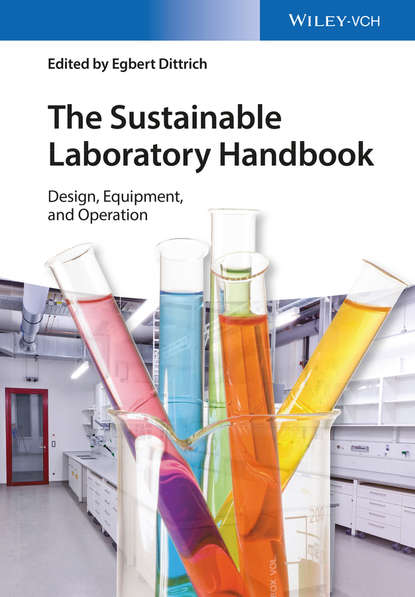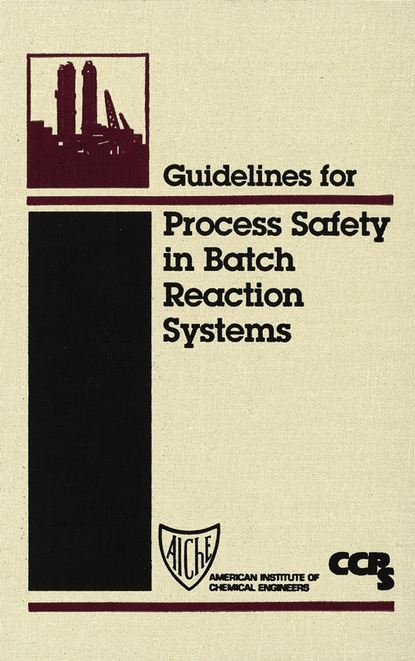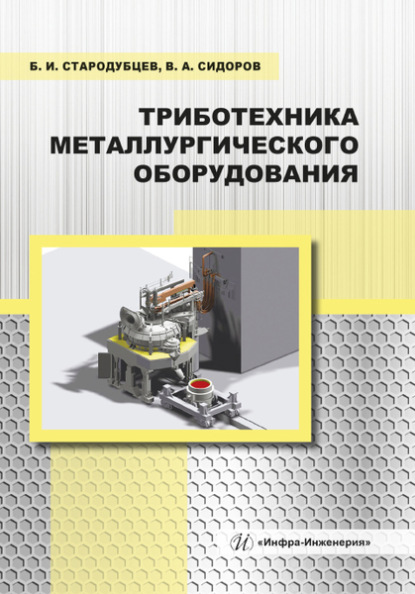«Устойчивая лаборатория. Руководство по проектированию, оборудованию и эксплуатации» - первое комплексное руководство по современному планированию лабораторий за последние десять лет, охватывающее как строительные, так и эксплуатационные аспекты. Многие из 30 авторов связаны с Европейской ассоциацией устойчивых лабораторных технологий (EGNATON), которая также одобрила это практическое пособие. Эта команда экспертов охватывает весь жизненный цикл лабораторного объекта, начиная с планировки участка и проектирования здания, далее - планирование таких зон, как содержание лабораторных животных, чистые помещения и производственные площади. Следующий раздел книги посвящен установке лабораторного оборудования, включая складские и аварийные сооружения, в то время как последние части охватывают стандарты безопасности и устойчивости, применимые к лабораториям, а также управление объектами и оптимизацию во время нормальной работы лаборатории. Во всей книге цитируются соответствующие нормы и стандарты, а также приводятся примеры с недавних строительных площадок. Сотни фотографий и чертежей, многие из которых в цвете, наглядно демонстрируют концепции проектирования и строительства. В результате читатели узнают, как строить и обслуживать эффективные и долговечные лабораторные помещения с минимумом эксплуатационных расходов и максимумом безопасности. Неоценимое практическое руководство для проектировщиков, строителей и менеджеров химических, биологических и медицинских исследовательских лабораторий любого размера.
This comprehensive handbook, written by established authors, considers both construction and operation aspects when meeting the challenge of designing modern laboratories. Many authors are associated with the European association for sustainable laboratory technologies (EGNatON). It is recommended as a ready-reference by this group. What makes this book so special is that it covers the life cycle of the entire laboratory facility starting with site layouts and building planning, moving on to the planning of various zones like biological holding houses, cleanrooms and production suites. Book authors deal with reasonableness equipment installations including storage space and safety equipment in addition to proposing safety and standards guidelines for usage in labs and lab management during normal operations. Case studies illustrate actual situations that highlight best practices in building and architecture that may further improve operational procedures. There is also ample use of colourful photos providing illustrative examples of design models and manufacturing. Readers will obtain insights on facilities planning and alterations that result in efficient and longer-lasting laboratory space with low maintenances costs at standby stations and extra safety. A valuable, hands-on guide for planning officers, designers, writers and legs of any sorts of chemical academic labs , biological and clinical studies.
Providing a comprehensive view, The Sustainable Laboratory handbook celebrates both the construction and operation phases. Authors of the Sustainable Laboratory Handbook are affiliated with European Association forSustainable Laboratory Technology (Egnaton) and endorse this ready-reference edition.
Электронная Книга «The Sustainable Laboratory Handbook. Design, Equipment, and Operation» написана автором Egbert Dittrich в году.
Минимальный возраст читателя: 0
Язык: Английский
ISBN: 9783527679546
Описание книги от Egbert Dittrich
The first comprehensive guide to modern laboratory planning in ten years to address both construction and operating aspects. Many of the 30 authors are affiliated with the European Association for Sustainable Laboratory Technologies (EGNATON), which has also endorsed this ready reference. This expert team covers the entire lifecycle of a laboratory facility, starting with the site layout and the planning of the building, followed by the planning of such areas as housing for laboratory animals, clean rooms and production facilities. The next section of the book deals with the installation of laboratory equipment, including storage and emergency facilities, while the final parts address safety and sustainability standards applicable to laboratories, as well as facility management and optimization during normal laboratory operation. The relevant norms and standards are cited throughout, and examples from recent construction sites are also presented. Hundreds of photographs and drawings, many in full color, provide visual examples of the design and building concepts. As a result, readers will learn how to construct and maintain efficient and long-serving laboratory spaces with a minimum of maintenance costs and a maximum of safety. An invaluable, practical guide for planners, builders and managers of chemical, biological and medical research laboratories of any size.



















